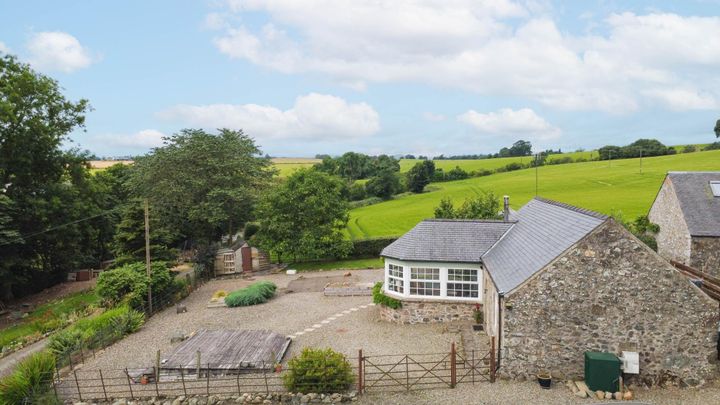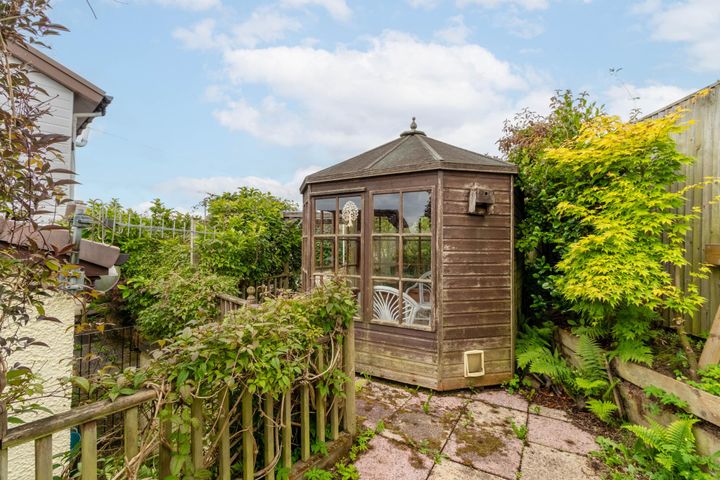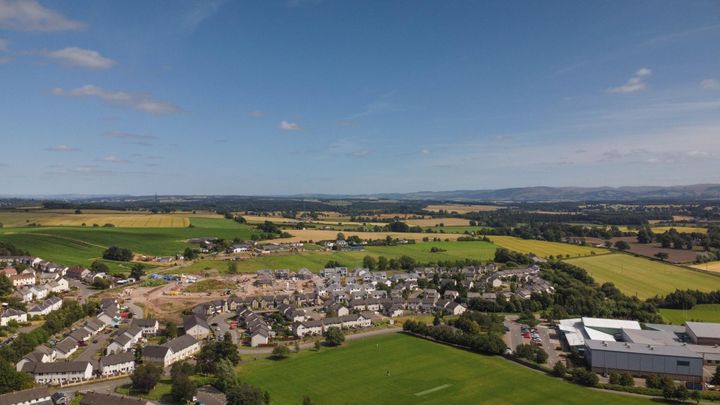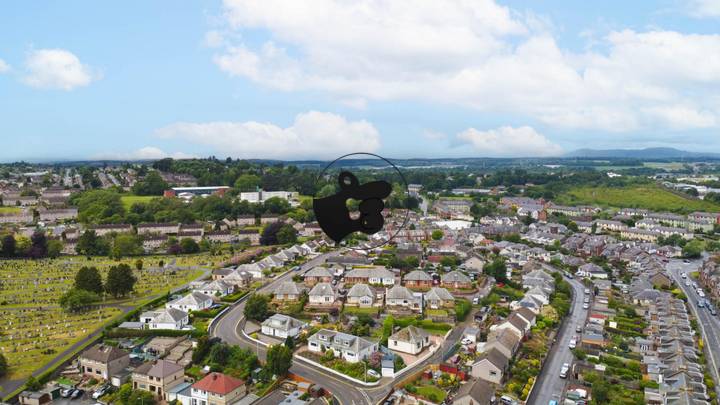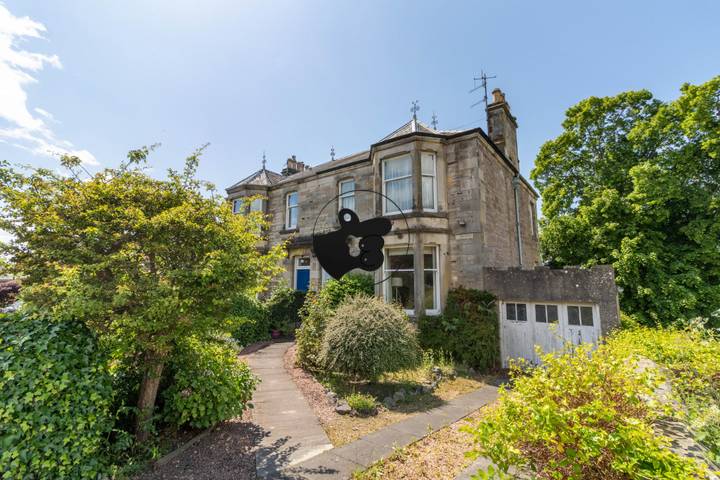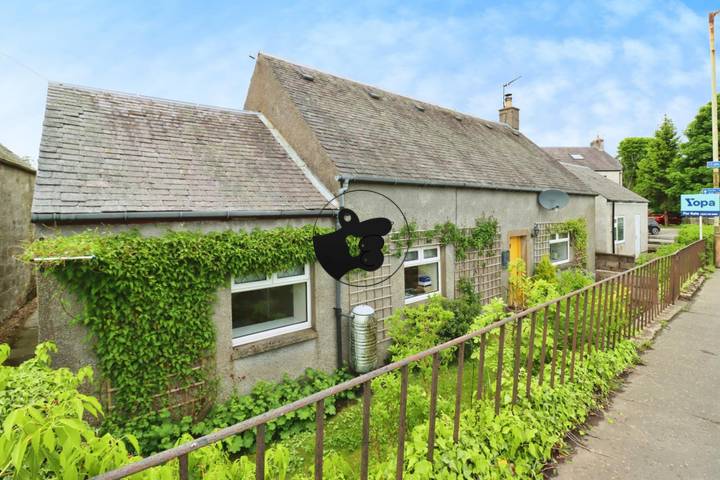The average property prices in Perth and Kinross vary considerably depending on the type and location of the property. As of recent data, the average price for a home in this region is around £250,000. For example, in Perth, which serves as the administrative center, flats can be found for around £120,000, while detached houses might range from £300,000 to £400,000, depending on the neighborhood. In more rural areas, such as Crieff or Auchterarder, prices can be lower, with some semi-detached homes priced at approximately £200,000. Conversely, in more sought-after areas like Kinross, the average home price can rise, with some properties fetching up to £450,000. The diversity in property types—from quaint cottages to modern developments—also influences these averages, reflecting the varied preferences of residents in the region.
Perth And Kinross
Location
Price Range
Any price
Price Range
Minimum
No min
Maximum
No max
Property type
Show all
Property type
Show all
House
Apartment
Building
Other
Bedrooms
Any beds
Bedrooms
Minimum
No min
Maximum
No max
Surface Range
Any surface
Surface Range
Minimum
No min
Maximum
No max
Sale type
For sale
Sale type
Show all
To rent
For sale
Location
Apartments and houses for sale in Perth And Kinross
8 results
Recent
Perth And Kinross insights
| Aspect | Summary |
|---|---|
| Population | 150,000 (approx.) |
| Average Property Price | £250,000 |
| Rental Yield | 5-7% |
| Average Rent | £1,200/month |
| Occupancy Rate | 90-95% |
| Capital Growth Rate | 3-5% annually |
| Property Tax | 1% of property value annually |
| Transaction Costs | 3-5% of property price |
| Expected ROI | 8-10% per year |
| Economic Growth Impact | Stable local economy with growth in tourism and services |
Perth And Kinross FAQ
What are the average property prices in Perth And Kinross?
How have real estate prices changed over the past year in Perth And Kinross?
Over the past year, real estate prices in Perth and Kinross have experienced notable fluctuations, reflecting broader market trends in the UK. According to local reports, the average house price in the region increased by approximately 7% from 2022 to 2023, with specific areas like Perth seeing even steeper rises, where prices jumped by around 10%. The attractive lifestyle and increasing urbanization in Perth have contributed to the rising demand. Conversely, rural areas, while still desirable, have seen more modest price growth, with some properties experiencing stagnant values due to factors like limited amenities and accessibility. For instance, a three-bedroom home in a suburban part of Perth could now sell for around £250,000, compared to £230,000 a year ago, whereas a similar property in a more remote area, like Highland Perthshire, may not have seen significant price changes, remaining closer to £200,000. Additionally, competition among buyers, partly fueled by low interest rates, has made the market dynamic and uneven across different locales within the region.
What factors influence property prices in Perth And Kinross?
Property prices in Perth and Kinross are influenced by a variety of factors including location, local amenities, and economic conditions. Areas with good schools, such as those in the city of Perth itself, often see higher property values due to demand from families. The availability of transport links, like the A9 road and railway connections to Edinburgh and Inverness, also plays a significant role; neighborhoods with easy commutes tend to attract buyers looking for convenience. Additionally, local economic factors, such as employment rates and income levels, can directly affect how much people are willing to pay for property. For instance, regions near tourism hotspots like Pitlochry may experience price increases during peak seasons as rental properties become desirable for visitors. Furthermore, the type of property—ranging from traditional stone cottages to modern developments—can create variability in pricing, appealing to different market segments. Lastly, external factors such as interest rates and government policies regarding buying and selling property can further influence market dynamics in the region.
How does the cost of living in Perth And Kinross compare to property prices?
In Perth and Kinross, the cost of living generally reflects a balance between affordable living expenses and rising property prices. For instance, while everyday costs such as groceries and transportation can be relatively manageable—often lower than in major UK cities like London—housing prices have seen an increasing trend. The average cost of a home in the area can range from around £200,000 to over £300,000, depending on the location and type of property. In more desirable areas like Perth city center, prices tend to be on the higher end, often drawing young families and professionals. Meanwhile, rural spots in Kinross can offer more affordable options, but the trade-off might include fewer amenities and longer commutes. Furthermore, rent in Perth averages around £800 per month for a two-bedroom apartment, showing that while basic living costs are reasonable, housing remains a significant financial commitment for residents.
What are the property taxes like in Perth And Kinross?
Property taxes in Perth and Kinross, like the rest of Scotland, are structured around the Council Tax system, which is primarily based on the estimated value of properties. Properties are assigned to one of eight band categories (A to H), with Band A being the lowest value and Band H the highest. For example, as of the 2023-2024 fiscal year, a Band D property in Perth and Kinross might see an annual Council Tax bill of around £1,350. Additionally, non-domestic properties may be subject to business rates, which are determined by the property’s rateable value and can vary significantly based on location and type of business use. Furthermore, properties that are rented out or used for short-term lets may incur extra charges or specific taxes, impacting overall costs for landlords and tenants alike. The local authority in Perth and Kinross may also offer certain exemptions and discounts, such as for single occupants or properties that are unoccupied.
Are house prices in Perth And Kinross rising or falling?
House prices in Perth and Kinross have shown a mix of trends recently. In some areas, like the city of Perth itself, prices have experienced a modest increase due to ongoing demand and limited housing supply. For instance, average property prices in Perth saw a rise of around 3% over the past year, driven largely by interest from first-time buyers and families seeking larger homes. Conversely, rural areas around Kinross have seen more volatility, with certain villages experiencing a decline in prices, attributed to a combination of economic factors and changing preferences for urban living post-pandemic. As of the latest reports, there is also a disparity between detached homes, which retain higher values, compared to flats and smaller properties that may struggle to maintain their market value. Overall, while pockets of growth exist, other regions are witnessing a pullback, pointing to a complex housing market in the region.
What is the price difference between urban and rural properties in Perth And Kinross?
In Perth and Kinross, the price difference between urban and rural properties can be significant due to various factors such as location, amenities, and demand. For instance, properties in urban areas like Perth city typically command higher prices due to their proximity to schools, healthcare, and employment opportunities. In contrast, rural properties, while often larger and offering more land, tend to be more affordable. For example, a two-bedroom flat in the centre of Perth might cost around £150,000, whereas a similar rural property, perhaps a cottage in the Kinross area, could be listed for significantly less—around £120,000 or even lower depending on the condition and location. Additionally, the lifestyle appeal of rural living, such as openness and scenic views, affects market dynamics, but urban properties still dominate in terms of overall value. The disparity is further exacerbated by transport links; urban properties benefit from better public transport connections, which keeps urban demand consistently high.


